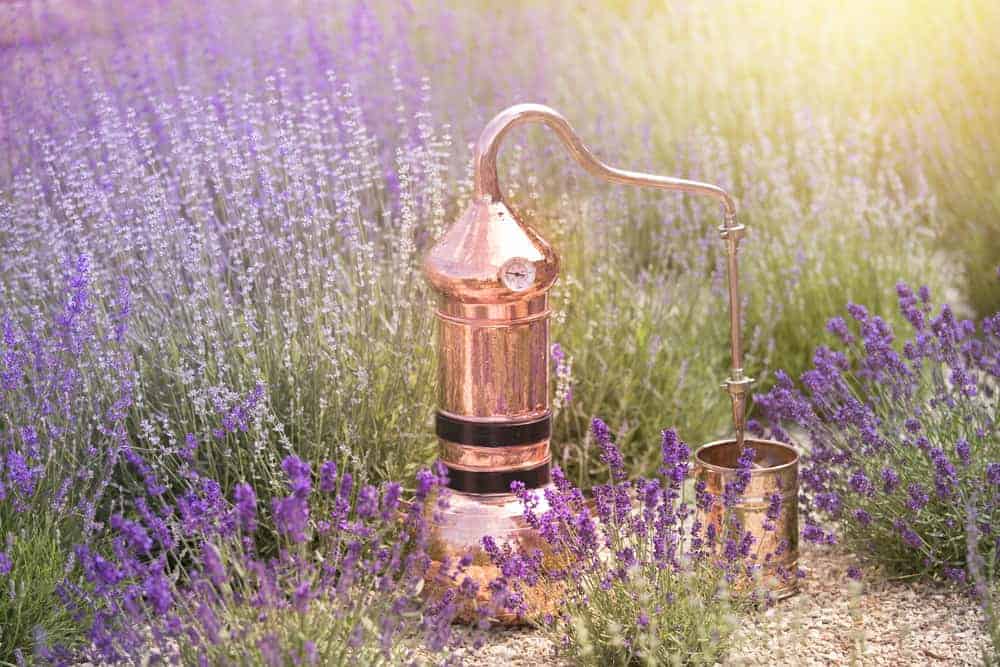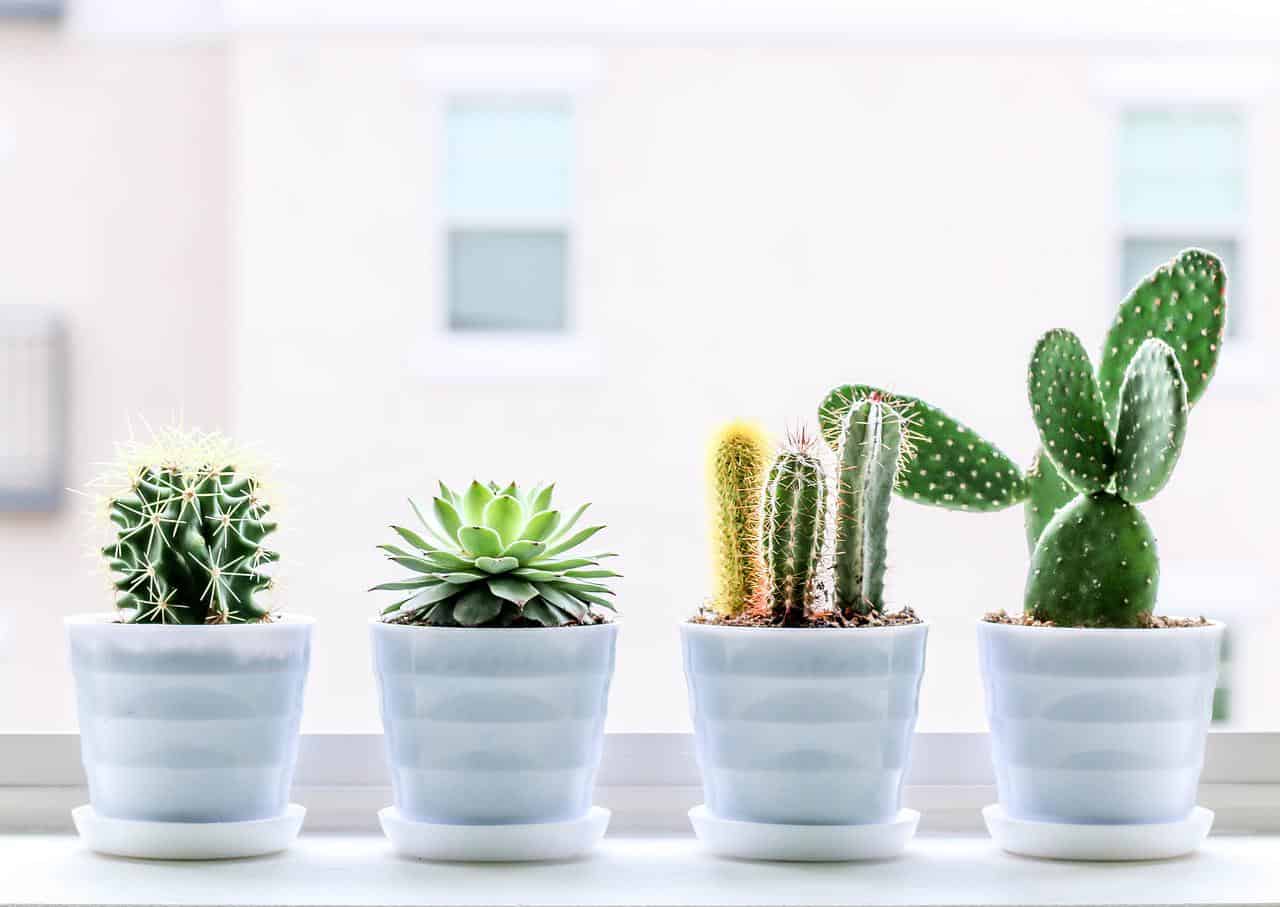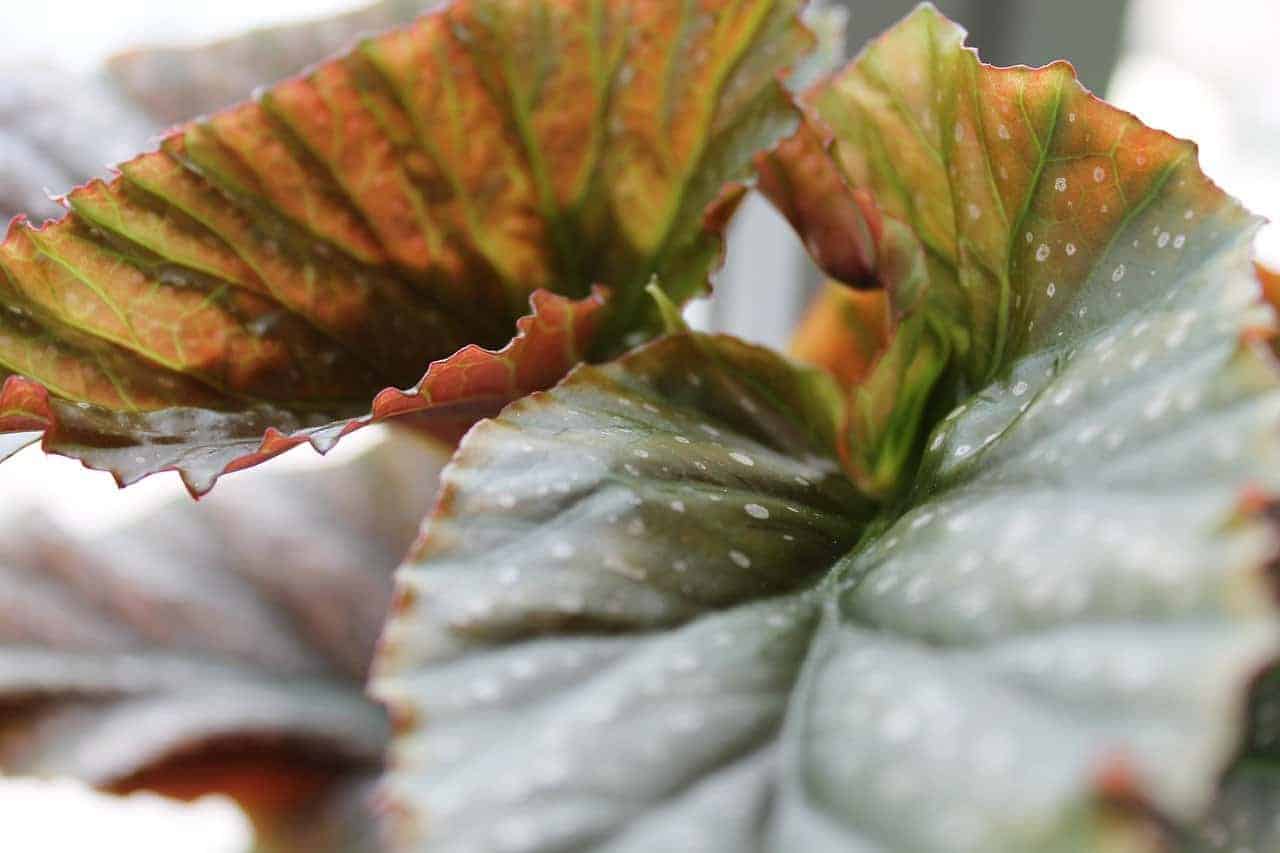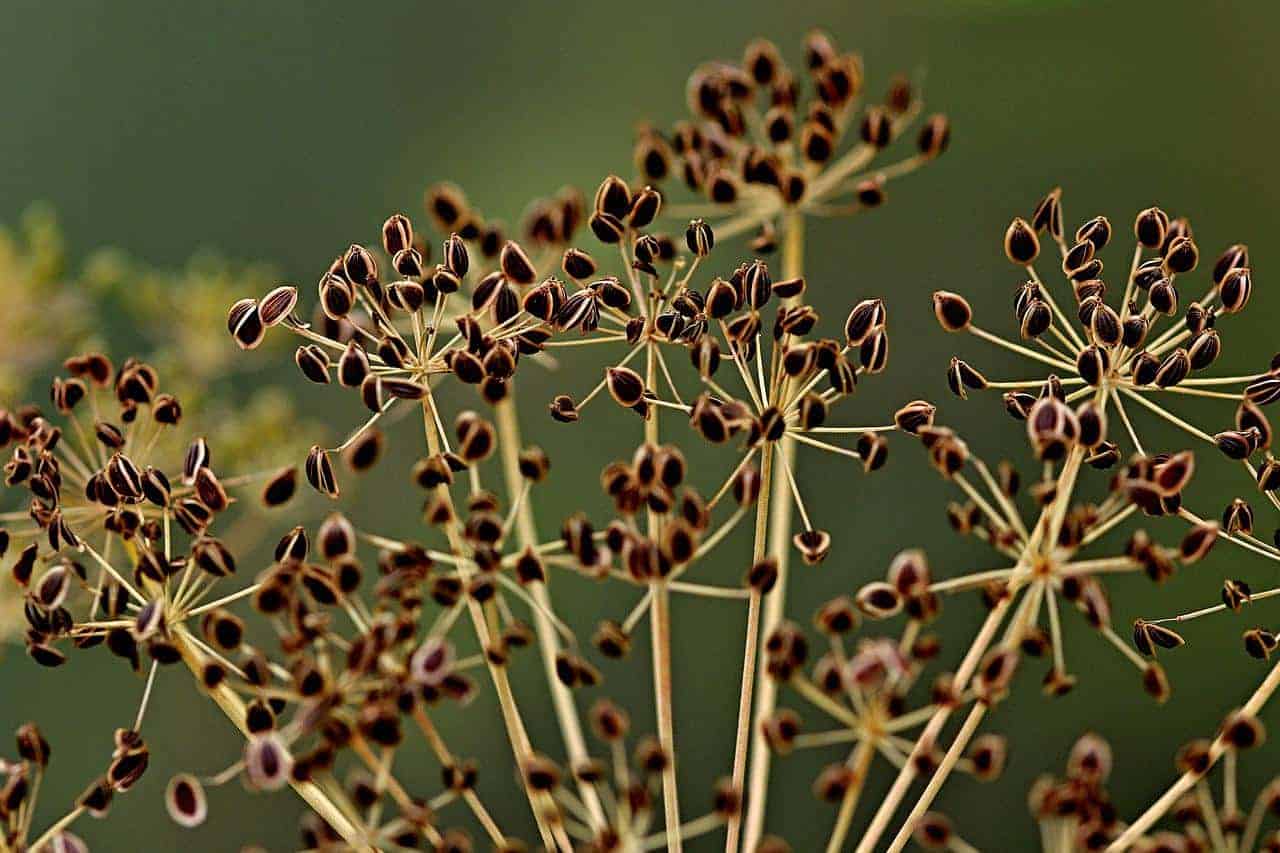Table of Content
- 1 How to Make Essential Oils from Your Garden
- 2 Essential Oils: Not Just a Lovely Scent
- 3 Why Use Essential Oils?
- 4 Making Homemade Essential Oil: Tools You Will Need
- 5 Making Essential Oils at Home
- 6 Making Essential Oils at Home: Crockpot Steam Distillation Method
- 7 Making Essential Oils at Home: Stovetop Steam Distillation Method
- 8 Homemade Essential Oils: What Plants to Start With
How to Make Essential Oils from Your Garden
The heady scents of lavender and rose have an unmistakably pleasant aroma that soothes, calms, and relaxes. Aromatherapy uses natural elements like flowers, herbs, and plants to create a concentrated, fragrant oil that can be used in various ways that last long after a flower’s cut bloom would scent your home. But many of us don’t just like to capture the scents of such dramatically scented flowers and herbs with a gorgeous bouquet or even a chemically-processed representation of the scent in a perfume or lotion. Instead, we want to experience the scent through an essential oil.
Essential Oils: Not Just a Lovely Scent
Why would anyone want to have a concentrated scent of even their most treasured flower or herb? Essential oils are simply a concentration of the natural oils taken from one or more plants. This results in a strongly-scented oil that can be applied topically in combination with a carrier oil, diffused into the air, or even added to food in some cases.
Natural oils have been used for centuries for many reasons, not the least simply the enjoyment of their unique and pleasant scents. But recent research continues to confirm the therapeutic and medicinal uses of aromatic oils. As a result, it has increased their popularity, making them now mainstream and part of a holistic approach to medicine and self-care. Essential oils are widely available in markets and online, but if you want to make your natural oils with ingredients found in your garden, we have created a go-to guide to producing your own.
Why Use Essential Oils?
People have been employing natural remedies for centuries once they understand the benefits certain herbs, flowers, and fruits can have on their health and well-being. Making your homemade essential oils is a great way to harness the natural properties of plants. Essential oils are used alone or in combination for many reasons: relaxation, soothing anxiety, boosting mood, focus, or clarity, improving sleep, and even reducing skin aging. Essential oils are also used in the home for their antibacterial and antimicrobial characteristics.
Making Homemade Essential Oil: Tools You Will Need
The great news is that very few ingredients or supplies are needed for those wishing to create their essential oils. But the most important factor in creating aromatherapy oils from scratch is growing the flowers or herbs you want to use naturally, without any pesticides or chemical additions to them as they grow. Since the plant’s essence will be concentrated when the oil is extracted, the plant must be in a natural state.
There is no possibility of any chemicals being leftover in it when the oil-making process has occurred. In addition to the flowers or herbs you wish to use, the tools you will need are a large pot, vat, or crockpot for boiling. Making oils on the stovetop and in a crockpot differ slightly, so we will include details on using both.
- Ingredients: 3-4 cups of plant material, chopped; container; distilled water
Top Tip: When harvesting your flower or herb is an integral part of making sure that the oils are at their strongest. Most plants should be harvested (cut) just before the flowering stage until about one-half of the flowers are open. Waiting until later means that the natural oils in the plant will be less pungent, and therefore the oils they produce will be weaker as a result. Also, cut a lot of plant material to use – large quantities reduce to just a tiny amount of oil.
Making Essential Oils at Home
There are three commonly used methods to create essential oils.
- The home method typically used is steam distillation which requires the plant matter to be boiled to extract the essential oils. While not as pure an oil results from steam distillation, home crafters can easily use this method to create their custom essential oils. However, for those serious about making at-home essential oils, using a still is the best way to make higher-quality essential oils because the distiller will allow for a more precise and more significant quantity steam distillation process.
- Another way to glean oils from plants is through pressing the oil out, called expression, and it can be utilized with all kinds of plants and fruits. Used mainly with citrus fruits, the peels are placed in large commercial presses to create the aromatic citrus oils found in natural stores. This method is possible to recreate at home but securing a commercial press, and a filtering system is required to express citrus oils.
- Commercially-made essential oils are made through a solvent expression method. Chemicals extract the oil from plants or fruits in large quantities for commercial use. Still, this method is not suggested for at-home oil production for those new to essential oil since the chemicals can be dangerous if mishandled.
Making Essential Oils at Home: Crockpot Steam Distillation Method
1. Dry out the herbs or flowers you want to use in your homemade essential oils. You can use one plant or combine flowers and herbs for your oils, but working with a single material is an excellent way to start. Lay each stem out separately on a towel in a safe place where they won’t disturb or hang together in bundles from the ceiling.
Drying out the plant material in bunches or groupings can help make multiple batches of essential oils because you will always have a new group dried and ready to go. The room you use to dry out your plants should not be too hot as it may dry the plants out too quickly. The plants should also not be placed in direct sunlight as this causes the fragile, dry plants to lose too much of their natural oils in the drying process.
2. Combine plants and distilled water. Place 3-4 cups of loosely chopped dried plant material into the crockpot and cover with distilled water up to one inch of the rim.
3. Simmer the water and plant material on low for 24-36 hours with the crockpot lid on. After cooking, turn off the crockpot and remove the cover.
4. Cover the crockpot loosely with cheesecloth and turn off the heating element. Place the crockpot out of direct sunlight for a week while the distillation process continues.
5. After a week, lightly skim the floating oils from the surface very carefully and discard any water or plant material left over. Store the oil in blue or amber jars so that light will be filtered and not directly impact the strength of the homemade essential oil. For the first week, leave the bottles uncovered for another week before adding the lids to allow the essential oils to continue to evaporate any leftover moisture.
A Brief History of Essential Oil
How To Make Homemade Essential Oil at Home
Making Essential Oils at Home: Stovetop Steam Distillation Method
1. Dry out plant material in the same way the crockpot method uses by either hanging bundles to dry away from direct sunlight or placing the plant material loosely on a flat surface where it can be undisturbed. Once dry, gather 3-4 cups of the herb or flower in the stovetop steam distillation method.
2. Place all of the dried plant material into a mesh cooking bag and seal it well so that only the porous holes allow minimal plant material to escape while still filling with water. The stovetop method may make less essential oil in each batch, depending on the size of the mesh bag used. However, it is not recommended to use more than one mesh bag at a time since the contents will need to be evenly processed throughout the water and not crowded with another bag.
3. Add distilled water up to about ¾ of the volume of your vessel and bring it to a boil. Then, add the mesh bag to the boiling water. Allow the pot to simmer for 24 hours with the lid on, checking to see when you need to add more water as the water turns to steam and the volume diminishes in the pot.
4. After 24 hours, remove the pot from the stove and heat source. Then, carefully remove the mesh bag, cover the pot with cheesecloth, and let the pot sit for a week out of direct sunlight to complete the distillation process.
5. When the pot has sat covered for a week, remove the essential oils that have been distilled to the surface of the water by lightly skimming them off with a spoon. Next, transfer the oil to blue or amber jars since the colored jars will protect the oils from degradation over time. For the first week, leave the jars uncovered before adding the lids to allow the essential oil to finish the distillation process. Don’t forget to label your jars with the name of the plant when you are finished making your homemade oil.
Homemade Essential Oils: What Plants to Start With
Now that you are ready to make your homemade essential oils planting a garden is the next step if you don’t already grow herbs, flowers, or fruit. Check out our list of the top plants used for their aromatic oils and some information that can help you decide which one is right for you.
Chamomile
Essential oil made from this plucky white flower with a golden center has been long-loved for its relaxation properties, often enjoyed in hot tea. However, non-edible chamomile oil is a popular choice for other reasons. Chamomile oil is commonly used topically on the skin as a toner, and the oil is also thought to calm nervousness and works as a mild antidepressant when used.
Cedarwood
This essential oil is often used in insect repellant mixtures because of its woody scent, but its antimicrobial properties make it a popular ingredient in shampoos and deodorants. In addition, as a topical oil used with a carrier or diffused, cedarwood is often used to induce relaxation and encourage sleep.
Citronella
This Asian grass has gained notoriety as the foundation for an essential oil fragrance with an unmistakable lemony scent. Citronella oil is used commonly as a food additive in some countries. Still, the most common home use for this essential oil is its antiseptic qualities, making it an excellent addition to cleaning supplies since it can also remove bad odors. In addition, the bright, citrusy scent of this oil is also thought to combat depression, lift mood, and fight inflammation.
Eucalyptus
This is an essential oil to have stored up when the cold season arrives because eucalyptus oil is known to open up clogged nasal passages with its robust and heady scent. This potent oil is also used to relieve mild pain and is often used medicinally for its antimicrobial and anti-inflammatory properties. However, this oil cannot be ingested and is dangerous for children and pets, so storing it out of reach in a safe, labeled container is a must.
Lavender
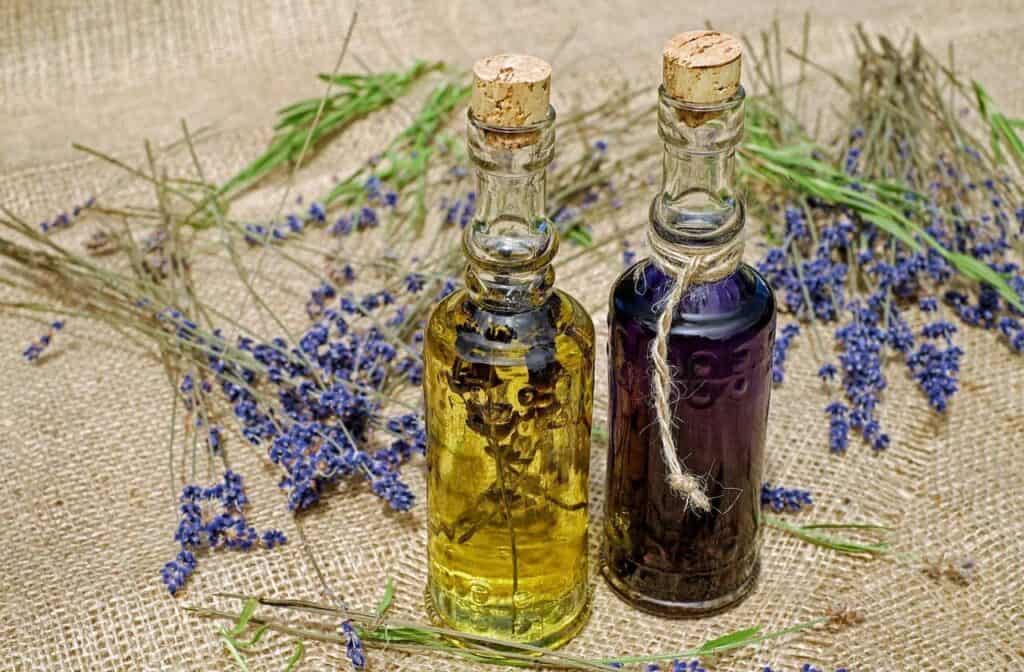
Once used as an antiseptic in hospitals, lavender is now one of the most familiar plants to make essential oil. This gentle fragrance can be used in various ways, but its calming scent makes it a popular remedy for sleeplessness and anxiety. Lavender oil can also be used to reduce stress and pain and is commonly used as a topical oil, diffused, and even added to a spray for aromatic use.
Lemon
If you are lucky enough to live in an area where citrus grows well, you might try to develop a lemon tree. Many gardeners love to have fragrant citrus fruits in their home gardens, but it may take a season or two before a small sapling has matured enough to produce fruits.
One great way to quickly benefit from a lemon tree is to buy a tree that is a few years old already and growing lemons. Topical or diffused lemon oil reduces pain, anxiety, depression, and nausea and kills bacteria. While the peels of citrus fruits can be extracted using the steam distillation method, a commercial press will be faster to produce more potent lemon oil with an enormous volume.
Lemongrass
Another good plant to begin making homemade essential oil with lemongrass, which has similar properties to citronella oil. Lemongrass essential oil can be used for its antibacterial properties to help heal wounds and inhibit fungus growth in some ailments like ringworm and athlete’s foot. This essential oil’s citrusy solid scent also decreases anxiety, stress, and depression. Some research also points to the potential to help control blood sugar in Type 2 Diabetics.
Orange
Like lemon essential oil, orange oil is not as easy to make homemade if you do not have an excellent environment to grow an orange tree. Many gardeners find that the inconvenience of growing a citrus tree in a large pot that can be moved during the winter to warmer locations is worth the trouble.
Not only can the delicious fruit be enjoyed with an orange tree in the garden, but the peels can be used to extract the valuable and beautifully scented essential oil the orange produces. Steam distillers can help make orange oil, but presses are the fastest and most efficient way to produce orange oil. This essential oil is prized to reduce stress and anxiety, kill bacteria and reduce pain. This intense oil may react in the sun if applied directly to the skin, so be careful to cover up areas where any type of citrus oil has been used.
Peppermint
This bright, minty oil’s scent may be most commonly thought of as a food additive, but the essence of peppermint is used for a wide variety of reasons as an essential oil. Not only does peppermint oil help with alertness and lift your mood, but it also helps with memory, digestion, and some gut problems.
In addition, Peppermint’s natural anti-inflammatory, antimicrobial and antifungal properties make this essential oil a popular ingredient in many cleaning or sanitizing solutions. Many devotees of peppermint oil also use it to fight off headaches, while the pleasant scent makes it an excellent ingredient in aromatherapy and ingested in beverages.
Rosemary
Often used as a tasty ingredient in a recipe, rosemary also makes a strongly-scented essential oil that can be used in aromatherapy and for medicinal purposes. For example, Rosemary oil is used to help with reducing stress and pain, reducing joint inflammation, and as a mood enhancer. Other uses for the oil from this easy-to-grow plant range from improving brain function and increasing hair growth.

